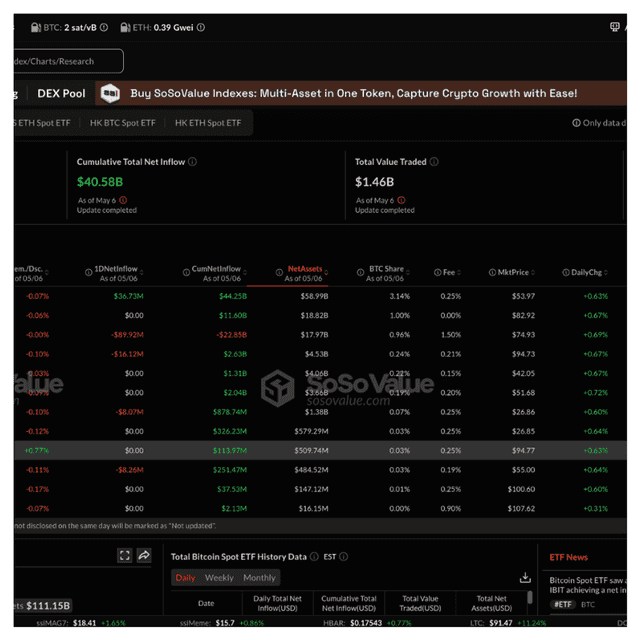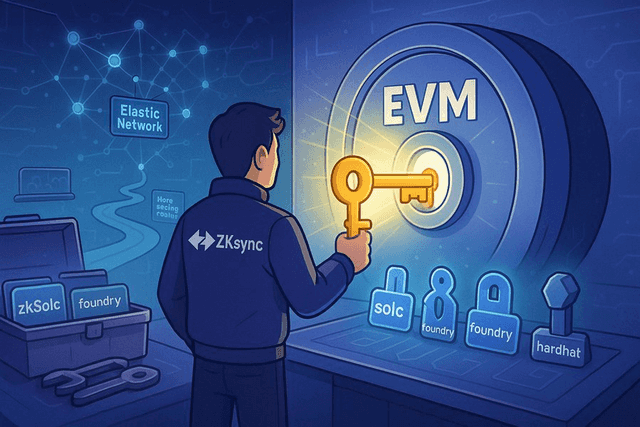2025-04-28 18:30
BLOCKMEDIA

Image source: Block Media
# Phenomenal Surge in Artificial Intelligence: Investment, Costs, and the Quest for Supremacy
Artificial intelligence (AI) is experiencing rapid advancements, reflected by the escalating demand for AI infrastructure. Training OpenAI’s GPT-4 model alone cost an estimated $78 million, a significant leap from the mere $900 it took to train early AI prototypes in 2017. This dramatic increase in expenditure highlights the substantial resources now required for state-of-the-art AI development.
Tech titans such as Microsoft and Meta are allocating record-breaking budgets toward AI innovation. Microsoft has earmarked $80 billion annually, while Meta has pledged $65 billion to AI endeavors. These investments underscore AI’s strategic importance; Microsoft even developed a supercomputer with over 285,000 CPU cores and 10,000 GPUs to support OpenAI, emphasizing the colossal scale of resources essential in this technological race. Consequently, AI models now demand unprecedented computational power and capital, fostering the perception that AI is progressing at an astonishing pace.
# The Dominance Race and Global AI Arms Competition
The substantial financial and resource investments in AI are driven by a "winner-takes-all" market structure. Entities controlling the most advanced AI models dominate the market, enjoying a monopoly on profits. Currently, major players such as OpenAI with ChatGPT, Google, Meta, and Anthropic command a significant market share, creating high-entry barriers for newcomers. Only a handful of global corporations possess the financial capability to sustain the necessary investment levels.
As competition escalates, the AI battle extends beyond corporations to national entities. In late 2024, the U.S.-China Economic and Security Review Commission proposed a vast government investment initiative paralleled to a "Manhattan Project" to fast-track AGI (Artificial General Intelligence) development. Russian President Vladimir Putin has asserted, "Whoever leads in AI will rule the world," signifying how governments perceive AI supremacy as vital for national security and geopolitical leverage.
This winner-takes-all scenario compels both corporations and governments to invest heavily in becoming AI front-runners. Nations now comprehend that achieving a technological edge in AI is as crucial as economic or military dominance.
# Continuation of Market Dynamics Until AGI Emerges
This winner-takes-all framework is predicted to persist at least until AGI materializes. Evolving AI models increasingly perform a myriad of tasks, from specialized academic functions to routine manual jobs. A company leveraging a single, high-performing AI model accrues substantial cost and operational efficiencies over employing numerous specialized personnel. This advantage stems from the economies of scale and inherent network effects in AI systems.
As a result, the leading AI model could dominate the market. Following AGI emergence, the focus may shift to optimizing AGI utilization rather than outperforming existing models. The market could transition to segmenting "the pie," spurring nuanced competition based on cost-effectiveness and applicability.
Presently, however, the global AI ecosystem concentrates on expanding "the pie," with all resources directed toward developing more advanced models.
# The Impediment of Decentralization: Resource Challenges
Experts agree that replicating OpenAI’s advanced models through decentralized means confronts formidable challenges, primarily due to the vast resources required for training such large AI models.
For instance, GPT-4 demanded millions of dollars and tens of thousands of high-performance GPUs—resources out of reach for decentralized communities or startups. In 2022, open-source AI group EleutherAI introduced GPT-NeoX-20B with 20 billion parameters, far smaller than OpenAI's GPT-3 with 175 billion parameters. GPT-NeoX-20B needed large-scale distributed cloud computing for several days and hundreds of thousands of dollars for training, illustrating the high costs involved.
Advanced AI development is increasingly within the grasp of only a few corporations possessing the requisite capital and infrastructure. According to Goldman Sachs Asset Management, "The infrastructure race is already largely over," indicating new entrants face significant challenges in catching established leaders. Financial and infrastructure hurdles continue entrenching the dominance of early adopters like OpenAI, impeding decentralized efforts from closing the gap soon.
# Emerging Decentralized AI Projects: Infrastructure and Services
Despite the challenges, emerging decentralized AI projects are gradually surfacing. These initiatives typically aim at either decentralizing AI infrastructure or providing AI services as platforms.
Prominent examples include:
- **Vana (VANA):** A decentralized network leveraging personal data. Users upload their data to train AI models and earn proportional ownership and rewards, challenging big tech dominance by creating a user-owned data ecosystem.
- **IO.NET (IO):** A decentralized GPU computing network pooling global GPU resources, offering developers affordable large-scale AI computing. Built on the **Solana (SOL)** blockchain, it incentivizes individuals to contribute unused GPU resources for tokens.
- **Akash Network (AKASH):** A decentralized cloud marketplace based on blockchain, enabling anyone to buy and sell hardware resources like CPUs and GPUs. Researchers can access cost-effective infrastructure compared to centralized providers, with resource providers earning tokens.
- **Flock (FLock.io):** A federated learning platform that enlists global contributors for AI model training and verification, promoting transparency and countering big tech monopolies.
These early-stage projects demonstrate the potential for decentralization to transform AI infrastructure and foster broader accessibility.
# AI Services: Connecting Users and Technology
Decentralized AI service platforms strive to make AI technology more user-friendly and economically viable. These platforms provide tools like AI agents or services automating tasks like logistics optimization and data exchange, serving as AI marketplaces linking consumers with diverse AI functionalities.
As these platforms evolve, they are anticipated to enhance practical AI technology usability for consumers, accelerating AI's commercial adoption. However, decentralized networks must achieve significant progress to meaningfully compete with dominant centralized AI providers.
### Conclusion
The AI market is at a nascent stage of explosive growth, facing hurdles in fostering decentralized competition. As AI begins supplanting human labor across various domains, it is likely to diversify in roles and functions. Blockchain’s decentralized features, such as monetization, governance, and incentivization, could seamlessly integrate into the AI ecosystem, catalyzing further innovation. Until then, the industry's emphasis remains on developing superior models and capturing market share in a fierce, winner-takes-all competition.
View original content to download multimedia: https://www.blockmedia.co.kr/archives/897978




